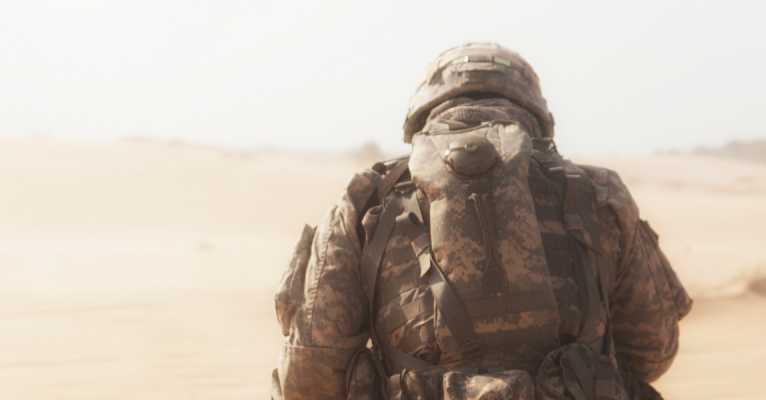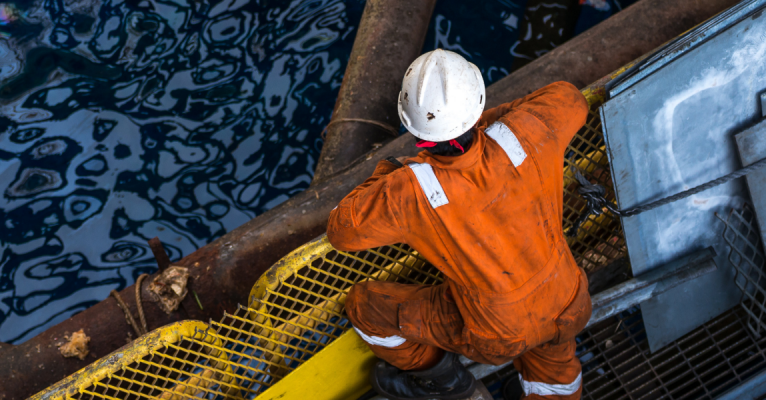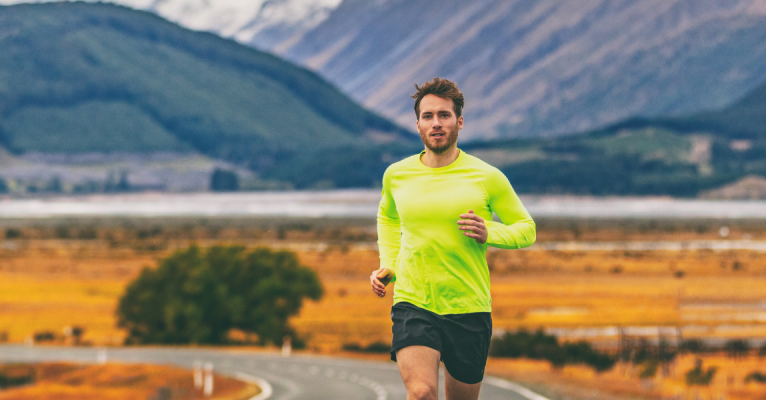How does gravity influence moisture transfer to hydrophobic and hydrophilic sides of textiles?
Not sure? Then read on. We answer your most common questions and cover the key topics you need to know about wicking testing.
Q: What should I consider for selecting a fabric that will be the skin layer?
A: The main function of this layer is to manage moisture, so you need the fabric to promote rapid and wide distribution of liquid perspiration to allow it to evaporate. If the fabric doesn’t adequately dry, it can cause the body to overheat or cause a post-exercise chill sensation – the impact on the body can be quite serious.
Testing considerations should include wicking like we are discussing in this webinar, with options for standards such as AATCC 79, AATCC 197, AATCC 198 and AATCC 195, as well as tests for drying/evaporation and water vapour transmission. This layer might also include odour control, so you may want to test for antimicrobial effectiveness as well.
We have a Lab Managers Guide to Performance Testing which gives an overview of the standards required for each layer, and I would recommend this as further reading.
Q: Can you explain more about the one way moisture transfer?
A: The one way moisture transfer would be the ability of the textile to take the perspiration off the skin. When you sweat, you naturally perspire so when the liquid comes into contact with the textile, the one way moisture transfer is the ability to absorb the moisture, pull it through the textile and pull it out the other side with the intention of evaporating into the environment and increase the drying rate for comfort.
The moisture can move in only one direction and is quickly isolated on the outside surface from where it can evaporate leaving the inner surface dry. It is used for work & sports clothing which greatly reduce the cold wet feel during exercise.
Q: How would the gravity influence the one way moisture transfer reading?
A: Gravity can influence the one way moisture transfer. For example if you are testing wicking on a garment that has a DWR water repellent treatment. When the water is presented to the garment it would run straight off and that would be caused by gravity. Equally, if you had a very thin low wicking material, Once the moisture is exposed to the textile, if it cannot absorb it quick enough it would run off the other side.
You would tend to see the effects of gravity a lot more dramatically with vertical wicking. For example when we are looking at samples for vertical wicking, you can see that the water would wick down and out as opposed to up and away. If you can find a material that wicks up and away from gravity, that is an indication of an even higher performing textile.
Q: Are there different interpretations of fabric performance based on different regions of MMT absorbents spreading curve that is in the first five seconds compared to the 5-15 seconds?
A: You can analyse that information in the software. If you go into to software and draw that information from the test, there are a range of different metrics that you can look at such as distance over time etc.
If that is something that you are interested in finding out more about a live demo can be performed with sample textiles to show the different metrics that can be measured.
Q: If you were working with plant based textiles or working to remove micro-plastics within textiles due to it polluting the environment, would WickView be able to give you some insight into this?
A: WickView can definitely give you some insight. The WickView test is influenced by the fabrics, yarns and the final textile so depending which method you decided to use, you can use WickView to analyse the raw materials. Quite often people will test layered garments and so will test each layer individually and then as one complete sample so there is no reason why you couldn’t test the raw materials.
Q: Does the WickView yield similar output to that of the AATCC 195?
A: Yes, you can test both the skin and face side of the material and you can test the multiple measures using the software for WickView. You can then layer the results over each other in real time to compare them against each other, or separate them and analyse them individually. There are nine different key metrics that you can drill down into in the software meaning that WickView is a very versatile instrument.
Q: You described a good wicking fabric as having a hydrophilic face and a hydrophobic skin, how does that come out in the test?
A: The best way for us to do this would be to run a test and show you in real-time. We could use a sample of your own to show the wicking abilities. If this is something you would be interested in doing please get in contact with us and we can arrange this.
Q: Do you know if there are any differences in performance based on what liquid you use in the test?
A: The WickView standard is just water so using another liquid to represent sweat could well change the results, this is an added variable. Any variability in textile testing can change the result so this is something to bear in mind. The differences would be unique to each individual test but there is a possibility that using a different liquid could differ the results.
Q: Could you explain the difference between wicking and absorption?
A: Wicking is how the moisture travels through textiles. So it is about seeing how the moisture is taken up into the textile and then what happens once it is effectively absorbed. It is measured by the effectiveness of how it moves through the spaces in the yarns, fibres and the structure of the fabric as well as being about the distribution and the transport of that moisture.
Absorption is looking at how effective the textile is at taking all the water in. When you are looking at absorbency you are also looking at things such as if it sits on the fabric and what percentage of the water is held there.
Wicking and absorption are two different things so to summarise, wicking is more about spread of the liquid whereas absorbency is about the take up of the liquid by the material.
Q: How can you trust the one-way moisture transfer reading on the machine as the gravity will influence the machine reading?
A: You can trust the reading as it is representing the actual direction of the fabric on the body. Most garments are vertical during exercise so it is vital that the testing represent this. Being able to see how the water travels gives a true picture of what happens during wear. We have tested different fabrics & the results are very interesting.
Wicking Testing can be completed on our WickView instrument. Read more about it here:

WickView
Moisture Management Tester
WickView is a state-of-the-art instrument that uses an advanced imaging system to track and record the transfer of moisture through a garment, helping to understand its effectiveness at moisture management and wicking behaviour.
Material / End use
Bedding & Mattresses
Bedding items include materials and products that are normally used on top of a mattress, such as mattress covers, sheets, blankets, quilts and pillows.
Medical Textiles
Medical textiles encompasses medical and hygiene applications, including those for surgical, orthopaedic, and dental uses; from personal protective equipment (PPE), bandage and dressing materials through to implantable prosthetics.
Military Apparel
Military personnel are exposed to extreme environmental and physical threats, so textiles for military uniforms face a complex set of challenges when it comes to performance: they must offer maximum endurance, comfort, and protection.
Outdoor Wear
Outdoor wear applications a broad and varied, with a primarily technical / functional benefit such as ‘comfort’ and/or ‘safety’. Outdoor wear includes garments such as snowsuits, ski clothing, and hiking/trekking clothing.
Personal Protective Equipment (PPE)
Personal protective equipment (PPE) includes garments and face/body coverings used in a range of sectors; from medical, to construction, military to workwear.
Sportswear
Sportswear and activewear is clothing and footwear worn for sport or exercise, such as tracksuits, shorts, t-shirts and polo shirts.
















